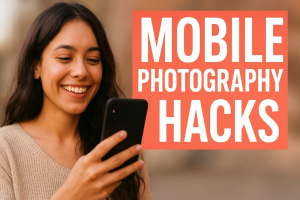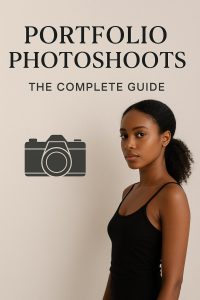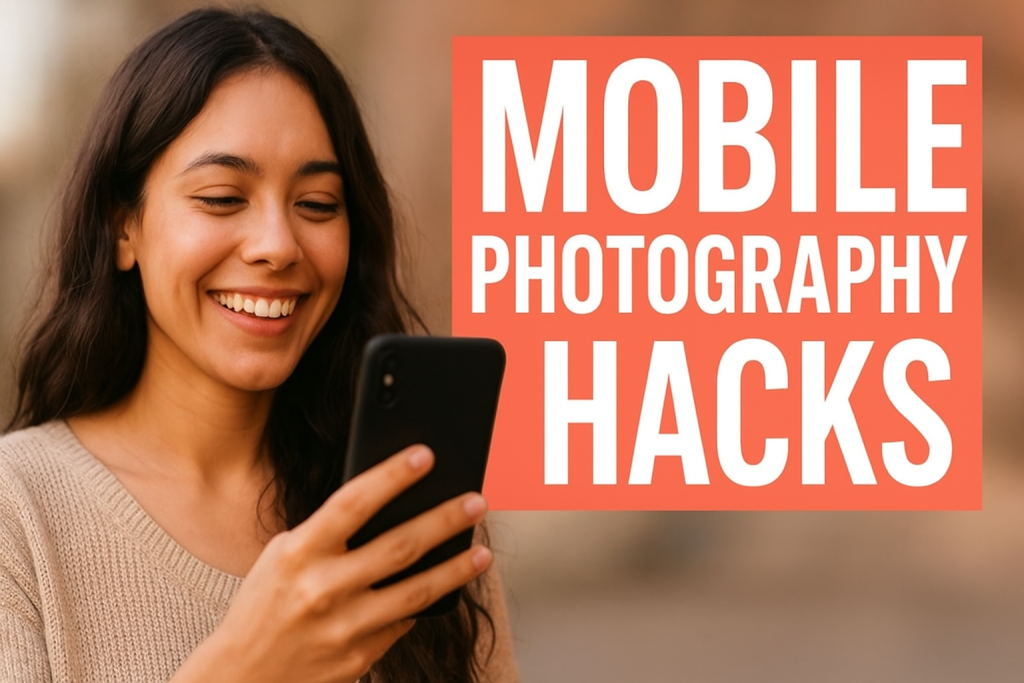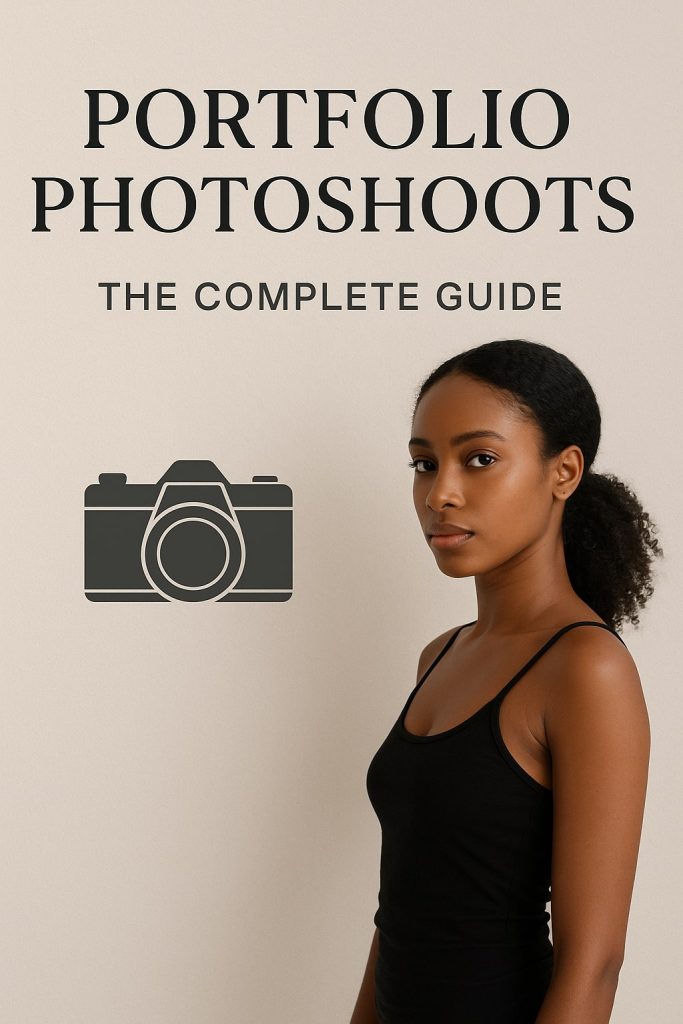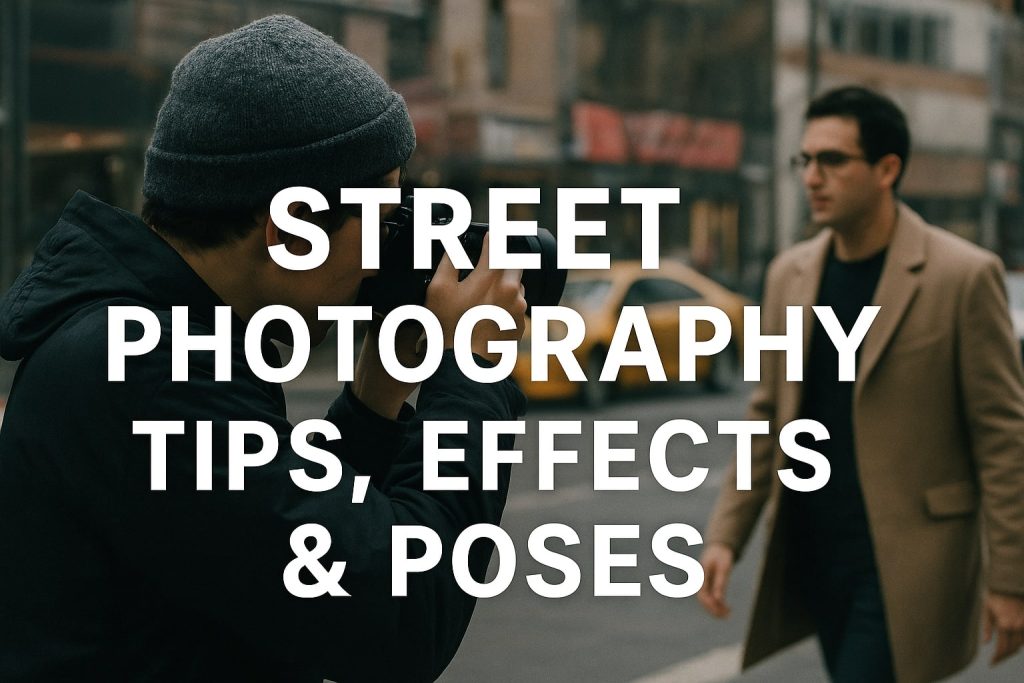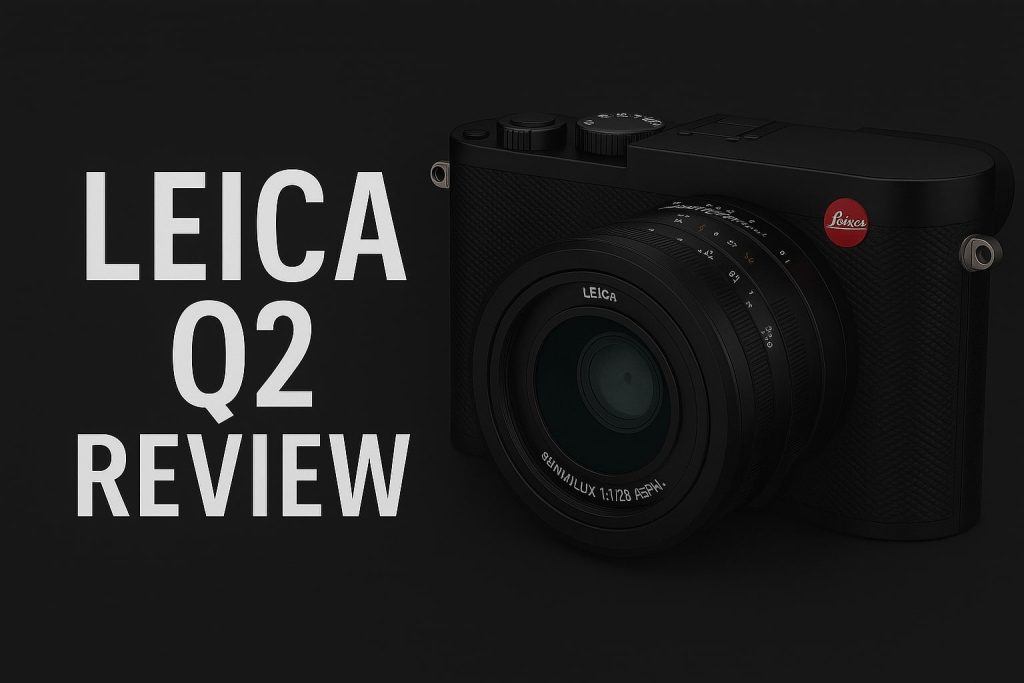Why Product Photography Matters And How To Get Started With Product Photography
In today’s visual-first digital world, compelling product images can make a significant difference in a brand’s success. Whether you’re launching an e-commerce store, starting a small business, or looking to improve your existing visuals, learning to get started with product photography is an essential skill. High-quality images don’t just showcase a product—they build trust, communicate value, and drive sales. This step-by-step guide will walk you through everything you need to know about product photography, from setting up your first shoot to creating stunning, professional images.
Step 1: Understanding the Basics of Product Photography
Before you begin, it’s important to grasp the fundamentals. Product photography involves capturing images that highlight a product’s details, features, and usability in a way that appeals to customers.
There are several types of product photography, including:
- White background shots (for e-commerce listings).
- Lifestyle photography (showcasing the product in real-world settings).
- Flat lays (aesthetic top-down arrangements).
- 360-degree images (interactive, multi-angle views).
Choosing the right style depends on your brand identity, audience, and platform.
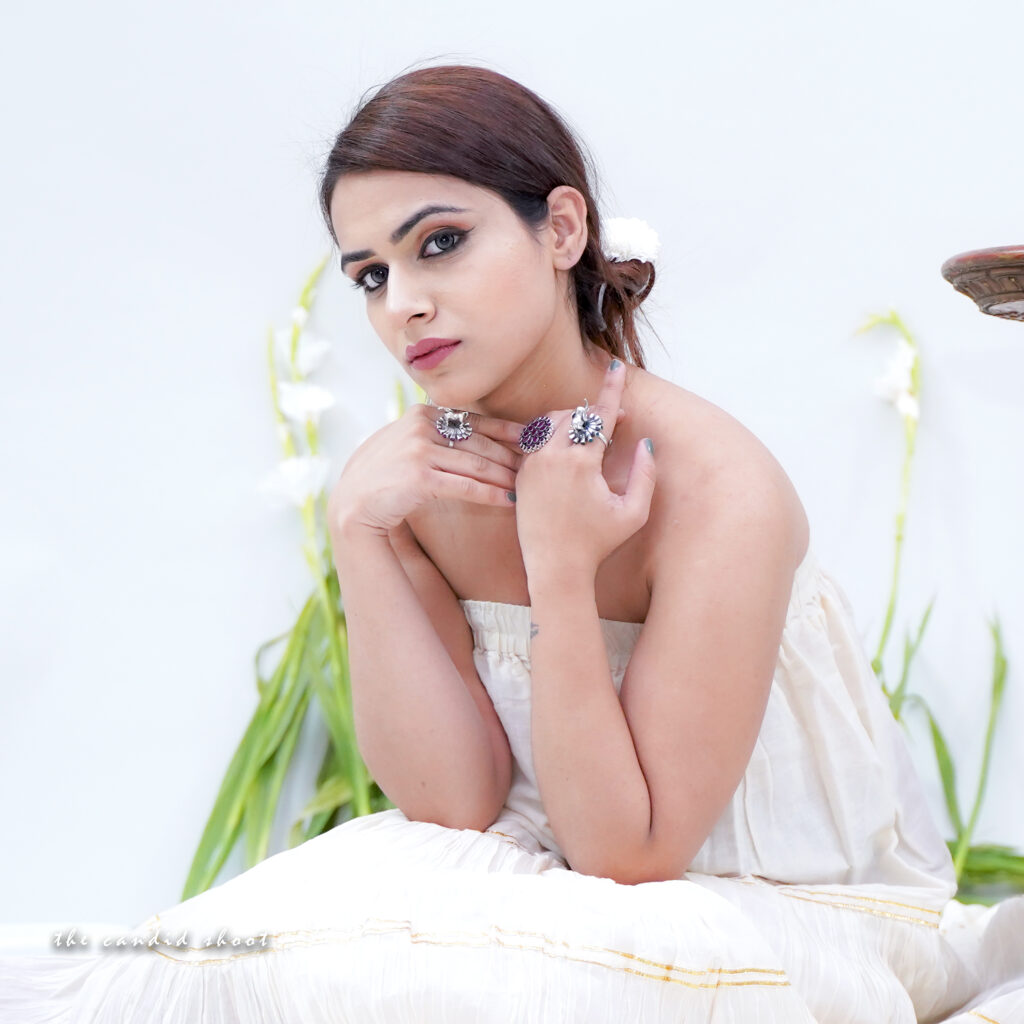
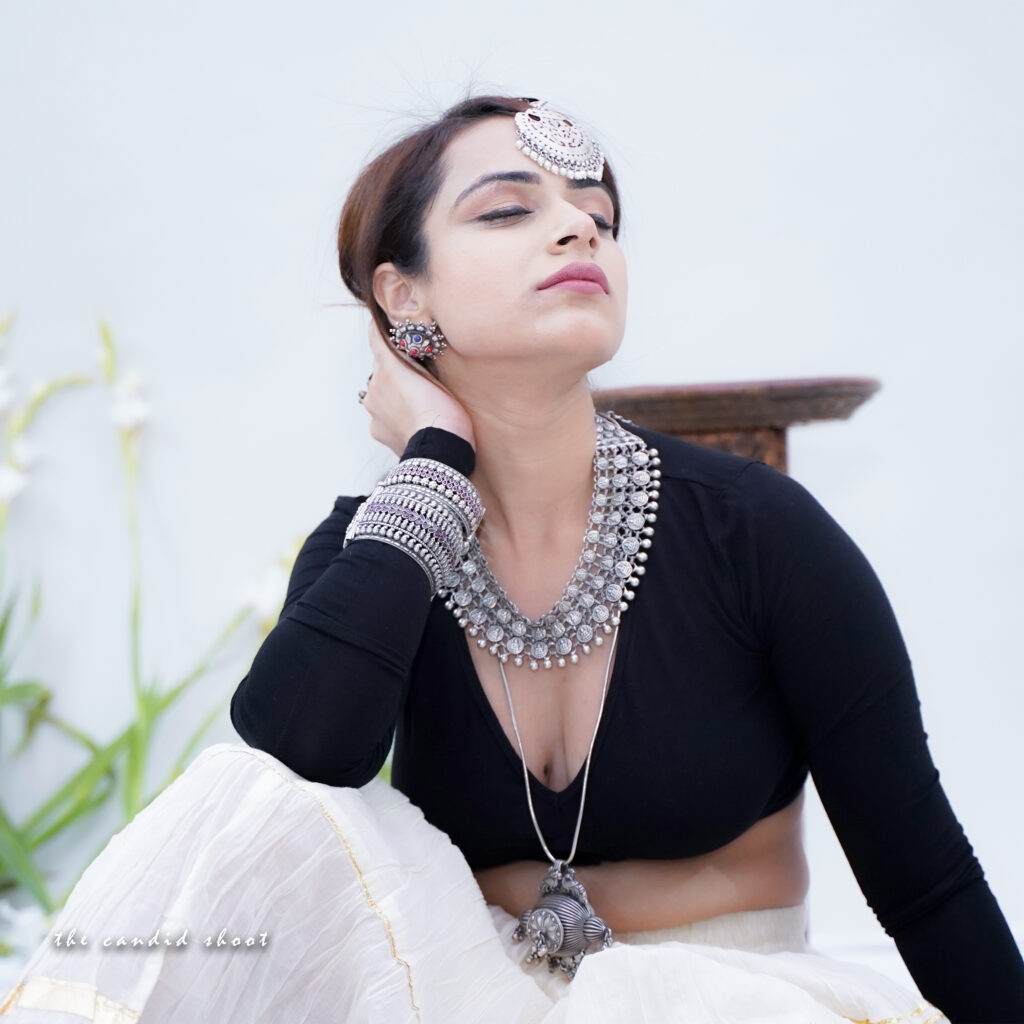
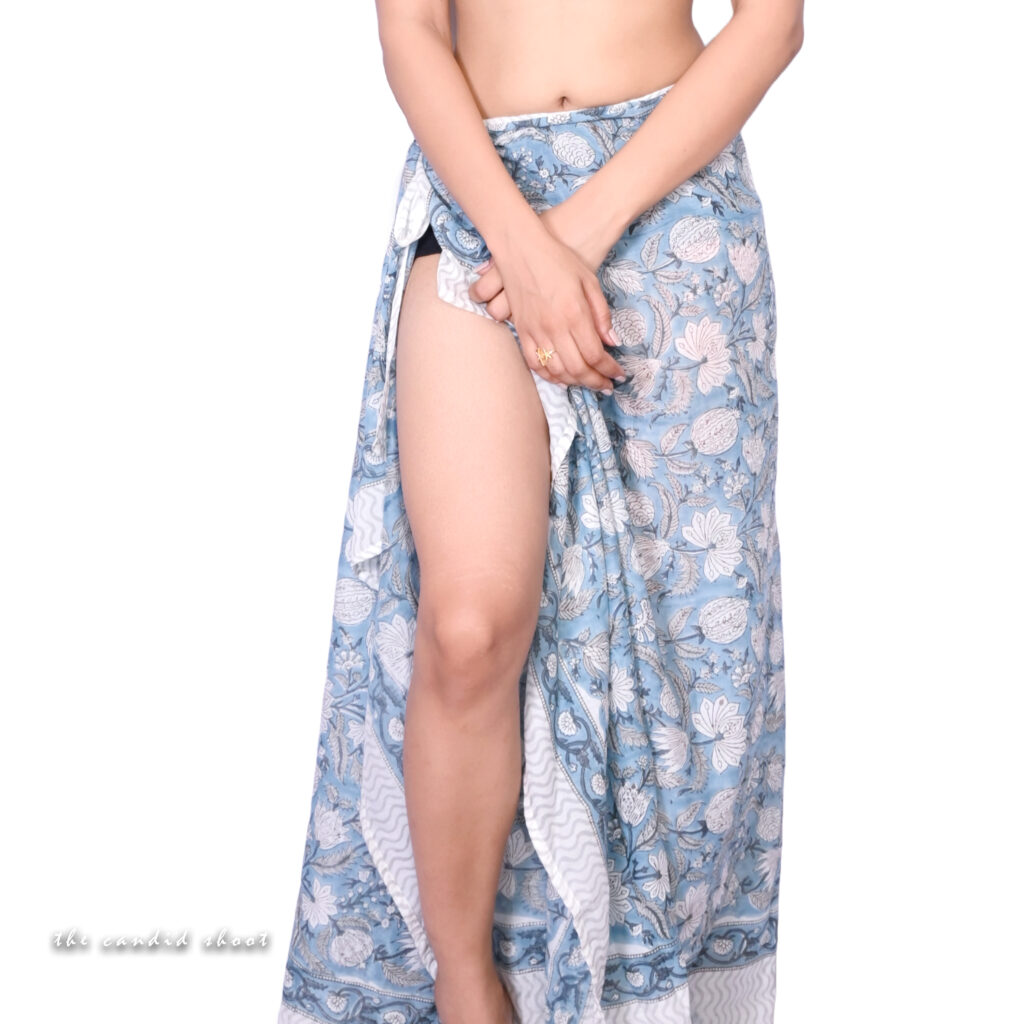
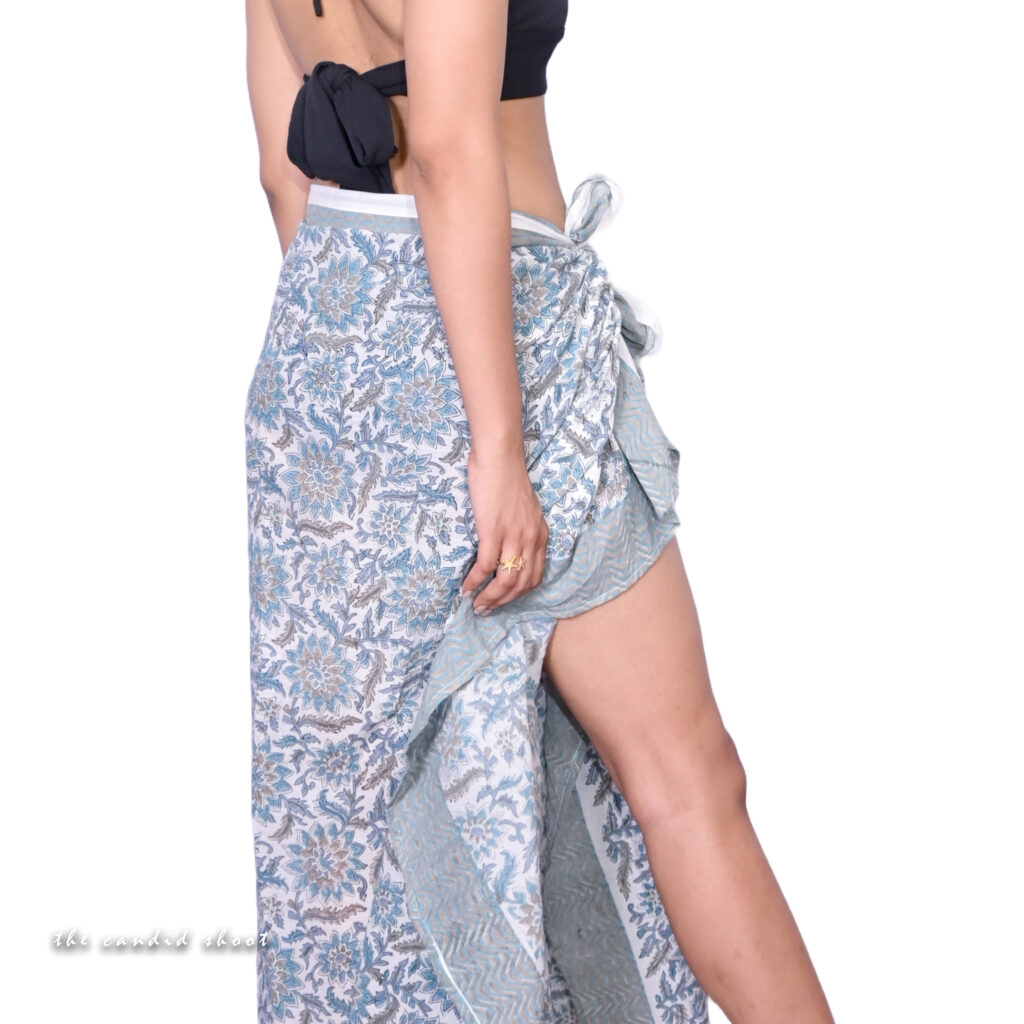
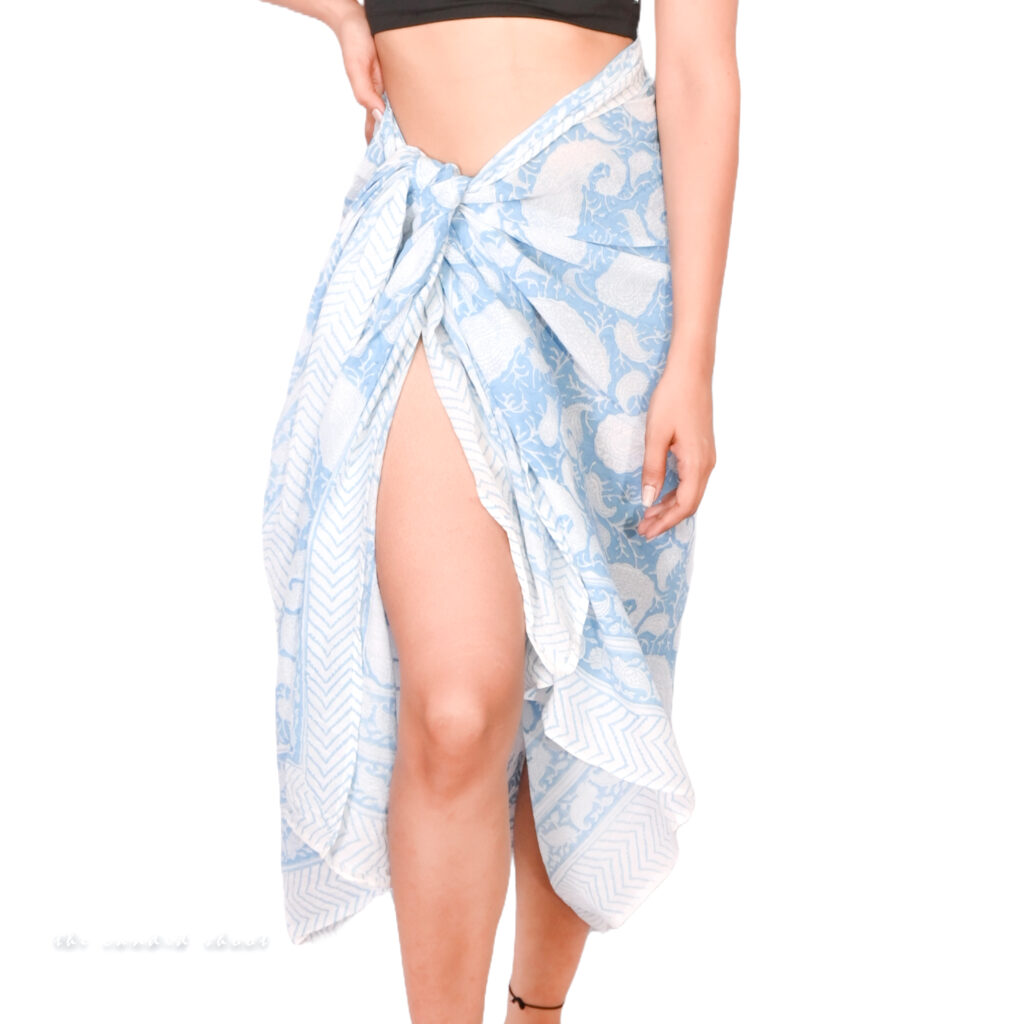
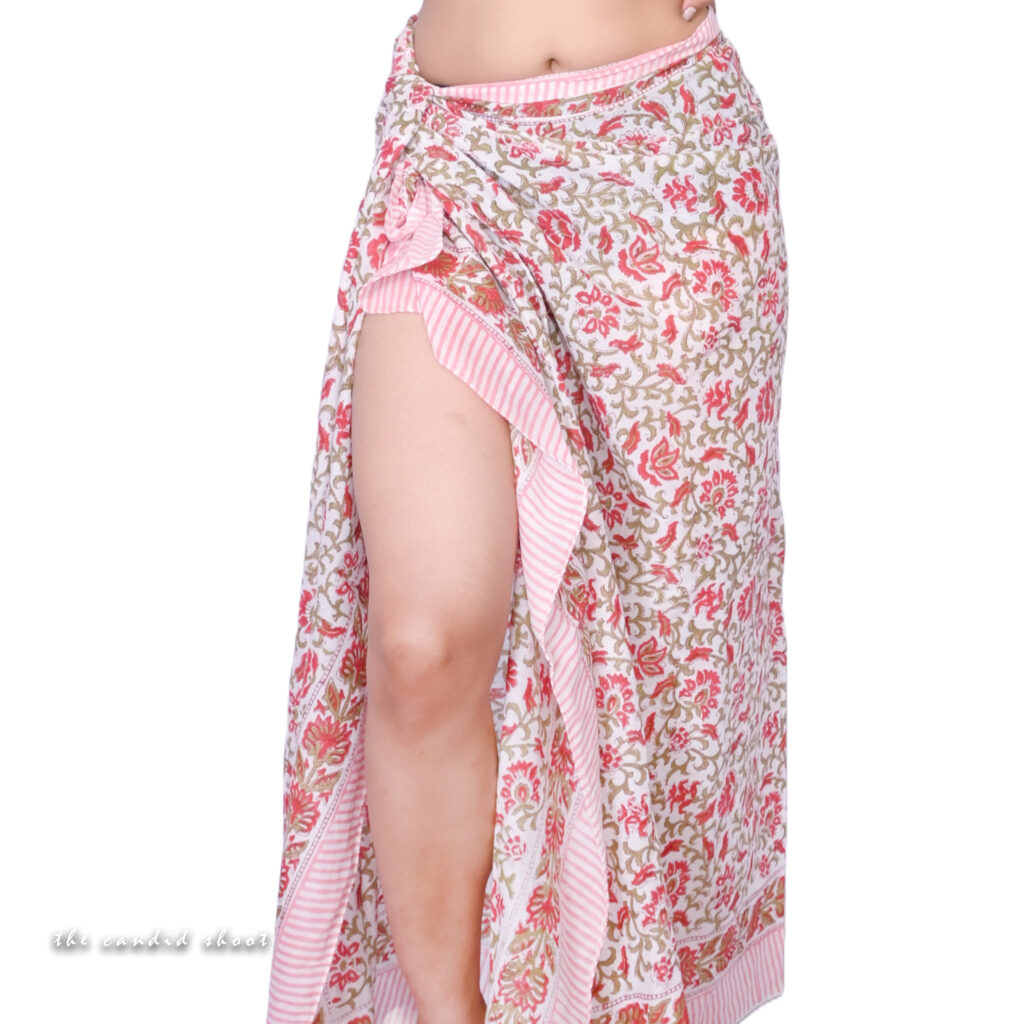

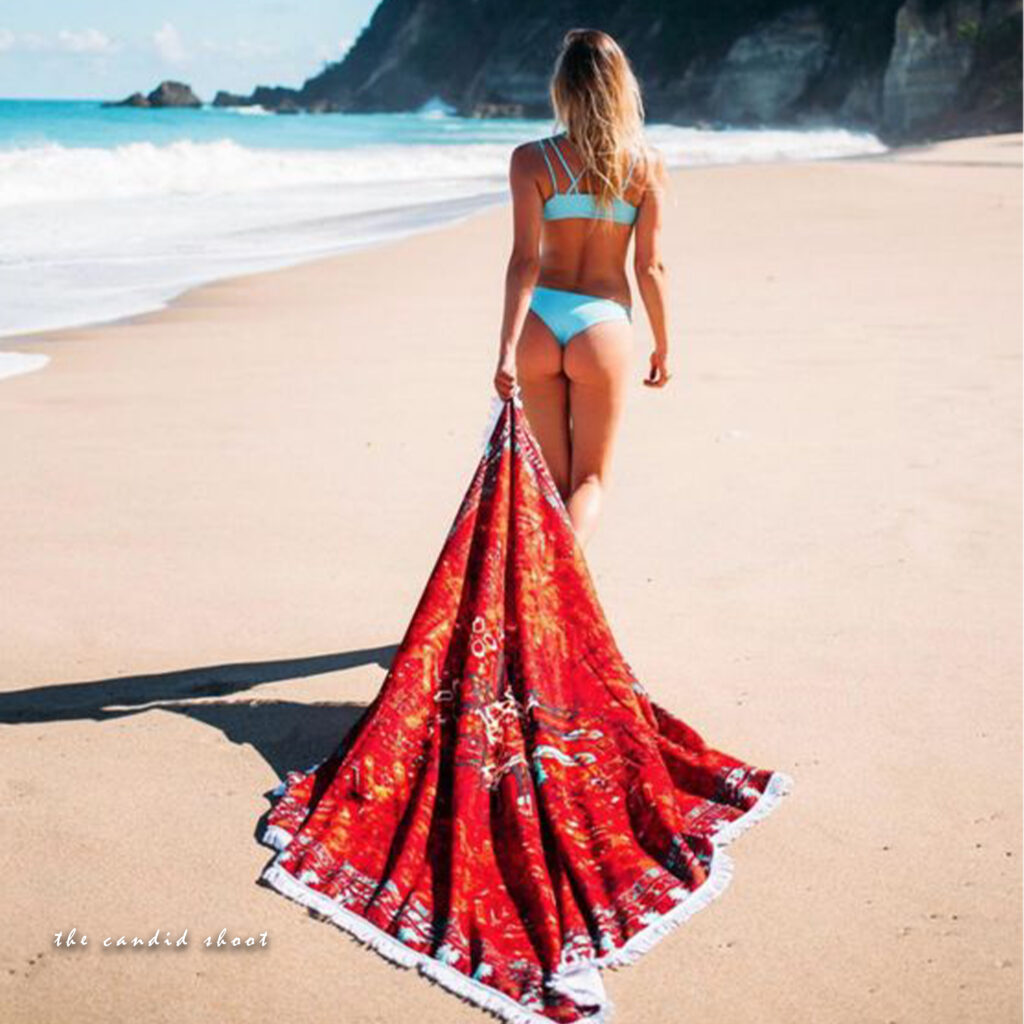
Step 2: Choosing the Right Camera and Gear
Many beginners assume that only expensive DSLR cameras can capture professional-quality images. However, you can start with what you have, whether it’s a smartphone or an entry-level camera.
Camera Options:
- Smartphones – Modern devices, like the iPhone 15 or Samsung Galaxy S23, have advanced camera systems capable of high-resolution product photography.
- DSLR/Mirrorless Cameras – If you prefer more control over settings, cameras like the Canon EOS R5 or Sony A7 IV provide excellent image quality and flexibility.
Lenses for Product Photography:
- 50mm prime lens – Great for capturing details without distortion.
- 100mm macro lens – Ideal for close-ups of small products like jewelry or watches.
- 24-70mm zoom lens – Versatile for different product sizes and angles.
Having the right gear helps you achieve sharpness, depth, and clarity, making your products look their best.
Step 3: Setting Up a Professional Lighting Environment
Lighting is the most crucial factor in achieving high-quality product images. Even with a good camera, poor lighting can lead to shadows, glare, or color inaccuracies.
Types of Lighting for Product Photography:
- Natural Light – Best for lifestyle shots, especially near large windows or outdoors.
- Studio Lighting – Softboxes, LED panels, and ring lights help maintain consistent and controlled lighting indoors.
- Reflectors and Diffusers – These help soften harsh shadows and distribute light evenly.
Using a three-point lighting setup (main light, fill light, and backlight) ensures your product is well-lit and visually appealing.
Step 4: Choosing the Right Background and Props
Your background plays a key role in how your product is perceived. A clean, distraction-free backdrop enhances focus, while styled setups add personality to your images.
Best Backgrounds for Product Photography:
- White or neutral backgrounds – Perfect for e-commerce product listings.
- Textured surfaces – Wood, marble, or fabric backgrounds add character to lifestyle shots.
- Colored backdrops – Help brand-specific photography stand out, especially for social media.
Props should complement the product, not overpower it. If you’re shooting a skincare product, including ingredients like aloe vera leaves or citrus slices can make the image more engaging.
Step 5: Mastering Product Composition and Angles
How you frame and position a product impacts how customers perceive it. Composition techniques like the rule of thirds, leading lines, and symmetry help create well-balanced, professional-looking images.
Essential Product Angles to Capture:
- Front-facing shot – Standard angle used for online stores.
- 45-degree angle – Adds depth while maintaining visibility.
- Close-up detail shot – Highlights textures, patterns, or labels.
- Top-down shot – Ideal for flat lay compositions.
- 360-degree sequence – Allows viewers to rotate and inspect the product from all sides.
Experimenting with multiple angles helps customers gain a better understanding of the product before making a purchase.
Step 6: Editing and Retouching Your Product Images
Post-processing enhances images by correcting colors, removing imperfections, and optimizing lighting. Even if you capture great shots, editing helps achieve a polished, market-ready look.
Best Editing Tools for Product Photography:
- Adobe Lightroom – Perfect for color correction and exposure adjustments.
- Adobe Photoshop – Ideal for background removal and detailed retouching.
- Canva – User-friendly for quick edits and social media graphics.
Key edits include:
- Adjusting brightness and contrast for a well-balanced look.
- Enhancing sharpness to highlight product details.
- Removing unwanted elements or dust spots.
- Maintaining color accuracy to ensure the product looks the same in real life.
Step 7: Optimizing Product Images for Web and Social Media
To make your images SEO-friendly, optimize them for faster loading speeds and better visibility.
How to Optimize Product Images:
- Resize images – Keep them under 200KB for faster webpage loading.
- Use descriptive file names – Example:
handmade-leather-wallet-brown.jpginstead ofIMG_1234.jpg. - Add alt text – Helps search engines understand the image content.
- Use WebP or JPEG format – Balances quality and compression.
Platforms like Instagram, Amazon, and Shopify prioritize well-optimized images, improving your chances of attracting more clicks and conversions.
Step 8: Building a Consistent Photography Style for Your Brand
A recognizable photography style helps in establishing a strong brand identity. Customers should be able to recognize your products just by looking at the images.
How to Develop a Cohesive Style:
- Use consistent lighting and color palettes across all images.
- Stick to the same background types for product collections.
- Ensure branding elements (such as logos or packaging) are subtly included.
- Edit images using the same presets to maintain uniformity.
A strong visual identity enhances brand recall and builds trust with customers.
Conclusion: Taking the First Step Toward Professional Product Photography
Now that you understand how to get started with product photography, it’s time to put these steps into action. Start with basic gear, experiment with lighting, master composition, and refine your editing skills to create compelling product images that sell.
Investing in product photography isn’t just about aesthetics—it’s about creating a powerful visual experience that boosts engagement and drives business growth. With practice and creativity, you can transform your product photos from ordinary to extraordinary.
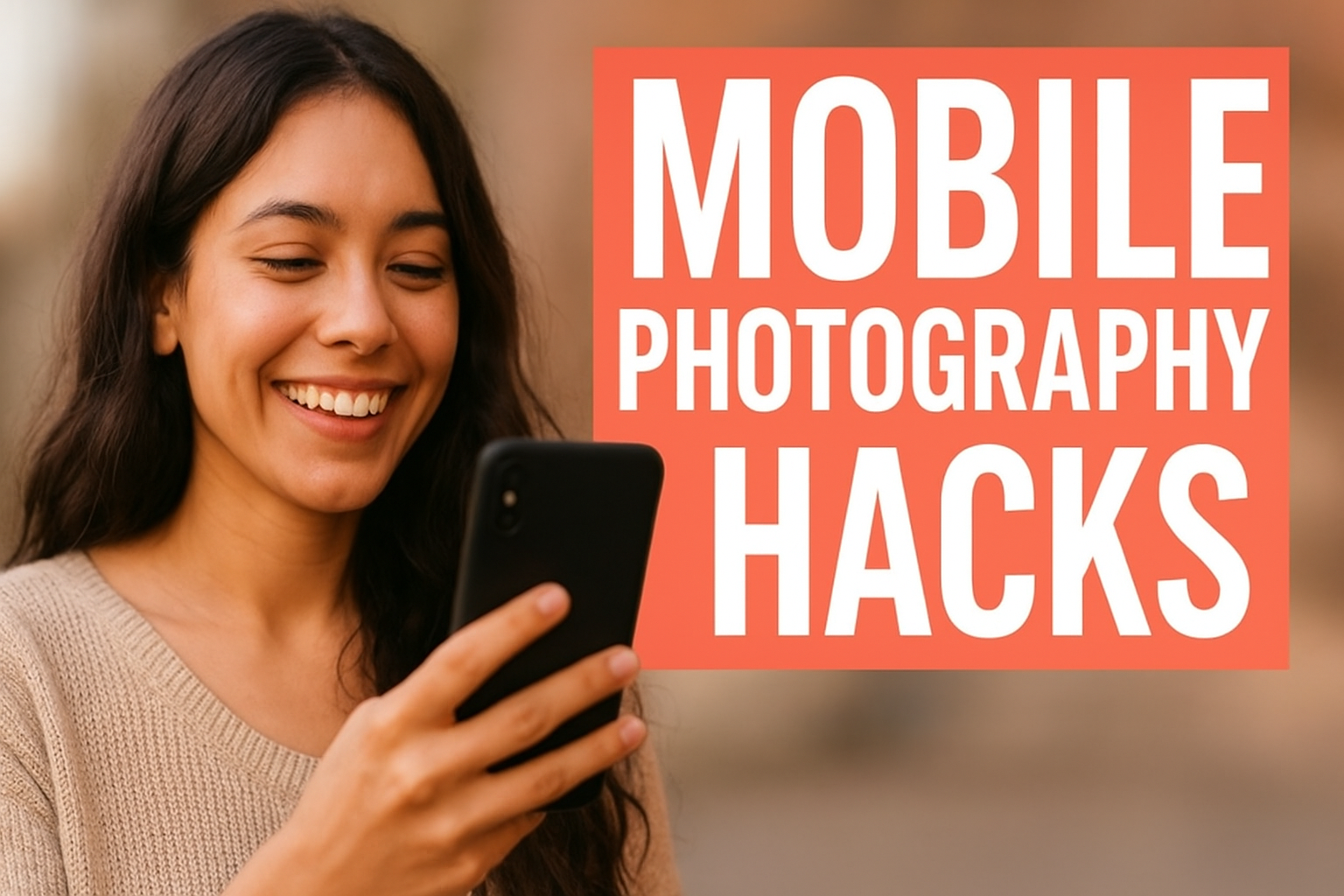
Mobile Photography Hacks: Candid Moments with Your Phone
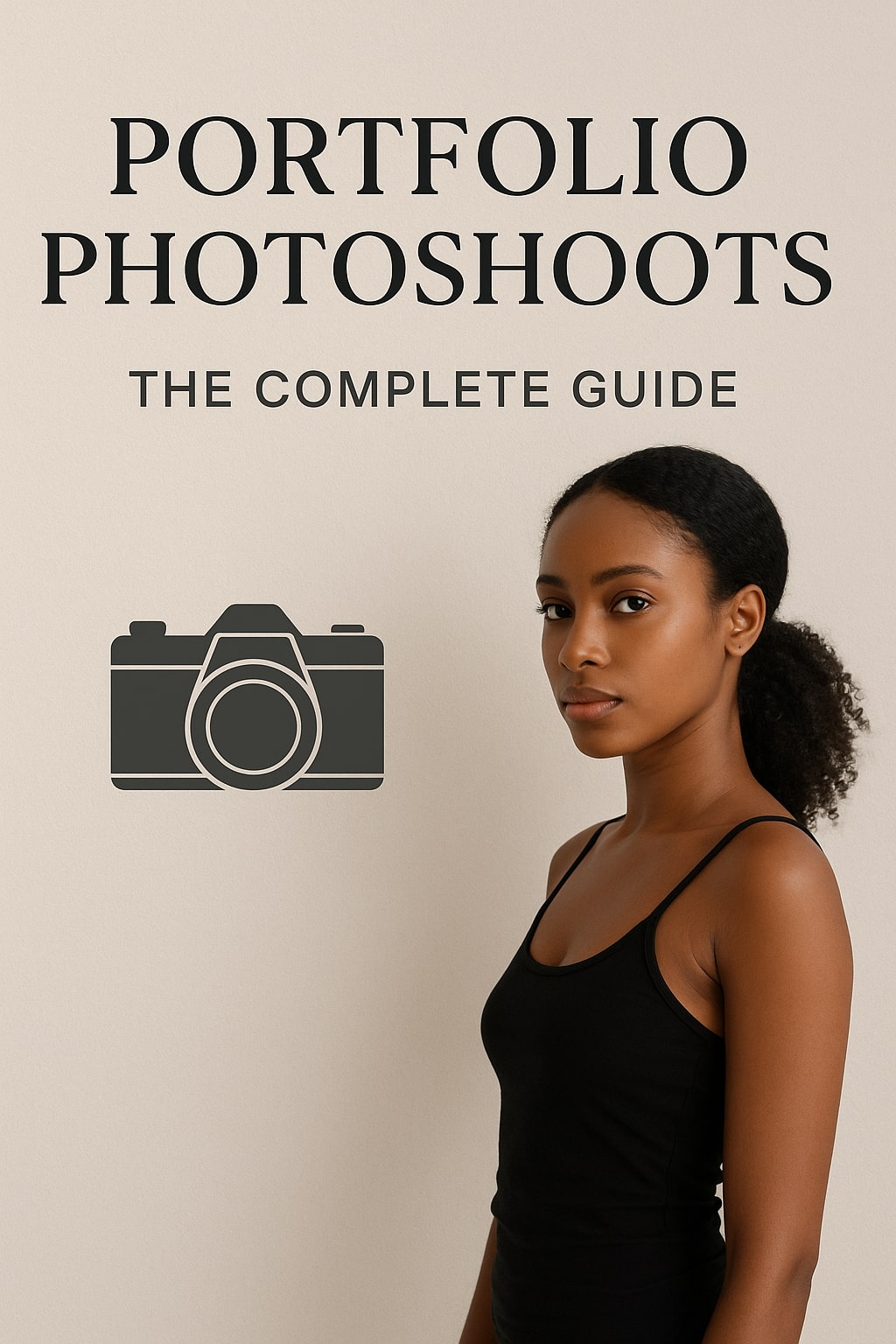
Professional Model & Portfolio Photoshoots: Show Your Best Work
-
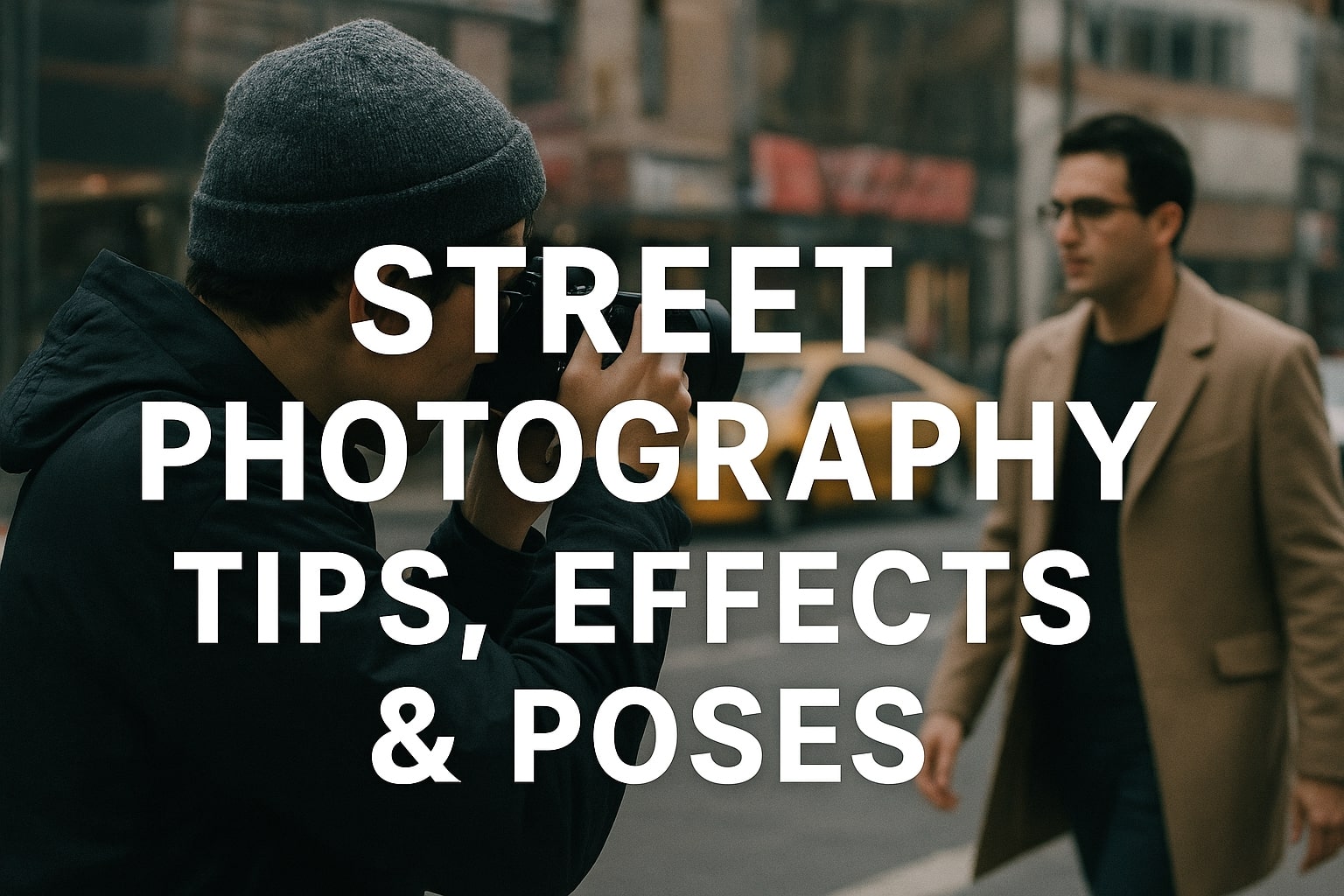
Street Photography Tips, Effects & Poses – Complete Guide
-

Leica Q2 for Photography: Why It’s Loved by Photographers
Mobile Photography Hacks: Candid Moments with Your Phone
Discover high-impact mobile photography hacks to capture genuine, gorgeous candid moments with your phone. Learn practical tips, composition secrets, and pro techniques to turn everyday scenes into stunning visual stories. Introduction: The New Age of Mobile Photography Photography has evolved beyond heavy cameras, technical jargon, and expensive equipment. Today, the power to capture extraordinary moments
Professional Model & Portfolio Photoshoots: Show Your Best Work
” Discover how to plan, style, and execute stunning portfolio photoshoots that showcase your skills, personality, and versatility. This comprehensive guide covers professional tips, posing ideas, gear suggestions, and industry insights for models and photographers.” Introduction – Why Portfolio Photoshoots Are the Cornerstone of a Photographer’s Career A well-crafted portfolio photoshoot is more than a
Street Photography Tips, Effects & Poses – Complete Guide
Discover the ultimate guide to Street Photography with expert tips, creative effects, and dynamic poses. Learn how to capture authentic urban moments, master composition, and tell powerful visual stories through your lens. Article Outline 1. Introduction to Street Photography Street Photography is more than just taking pictures of people in public spaces — it’s about
Leica Q2 for Photography: Why It’s Loved by Photographers
Introduction: The Cult Status of the Leica Q2 The Leica Q2 is not just a camera—it’s a statement. Combining the heritage of German precision engineering with modern digital excellence, it holds a special place in the hearts of professional and passionate photographers alike. With its full-frame sensor, prime Summilux lens, and minimalist design, the Q2
Top Cameras Under ₹1 Lakh for Freelance Photography
Freelance photography is no longer a niche—it’s a booming creative profession that demands not only vision and hustle but also the right gear. Your camera isn’t just a tool; it’s your storytelling partner. If you’re a freelance photographer aiming to balance performance, versatility, and budget, investing in a cameras under ₹1 lakh can offer the
Top Features of Nikon D850 That Make It Ideal for Photoshoots
Explore the top features of the Nikon D850 that make it a powerhouse for photoshoots. From exceptional resolution to dynamic range, this detailed Nikon D850 guide is built for professional and aspiring photographers. 1. Introduction When Nikon launched the D850, it quickly earned a reputation as a flagship DSLR that redefined what photographers could expect
